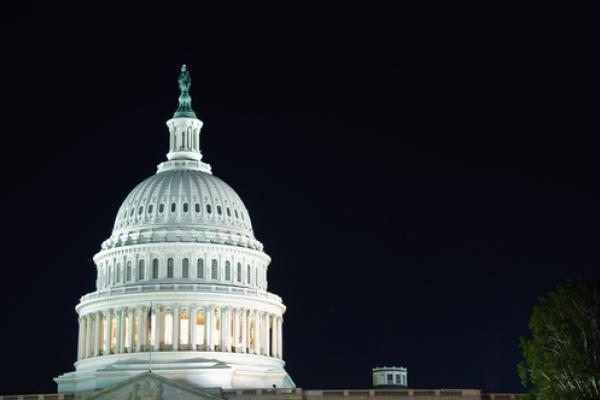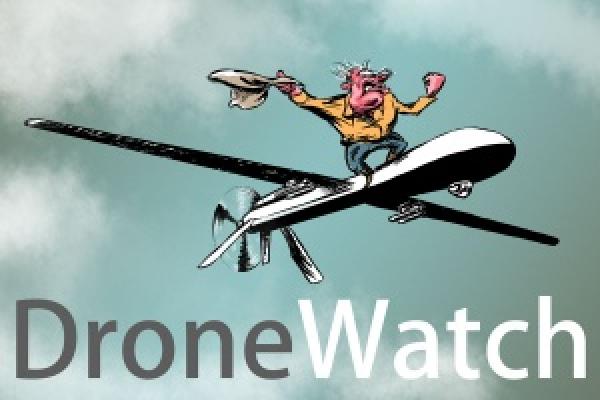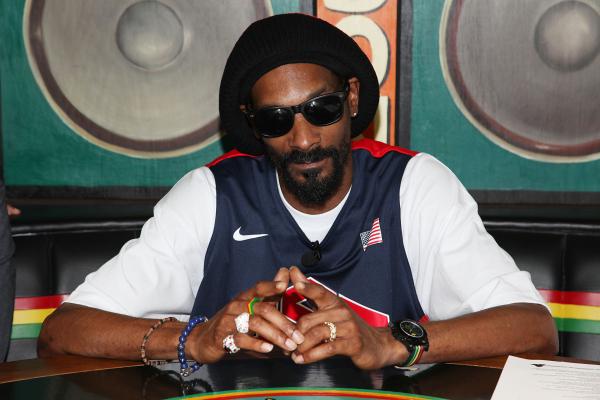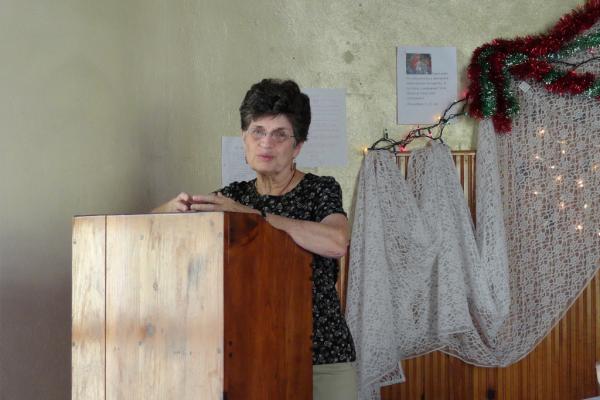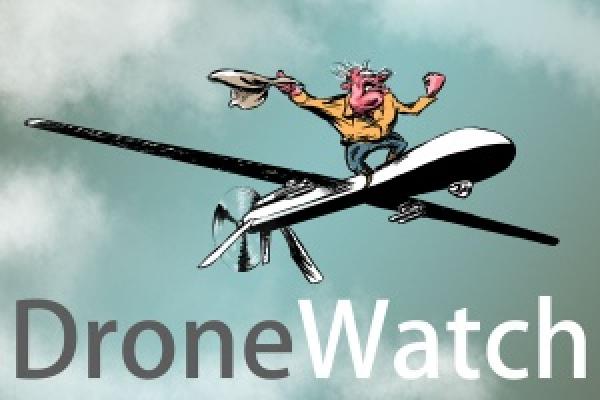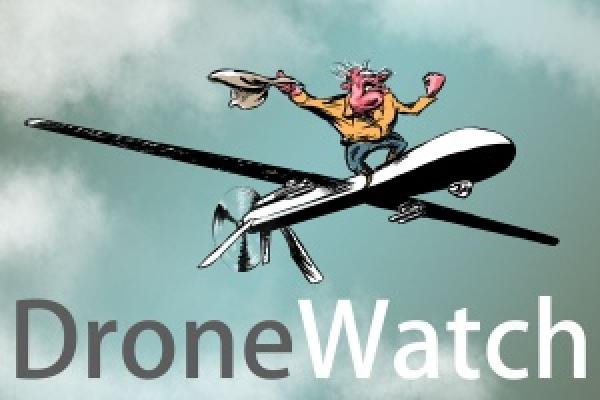I love the Church. I have literally been going to church my whole life — that is, until two months ago.
Then I stopped cold turkey. You can read about it in my post "Walking Away From Church."
Masses of people responded. It astounded me. Most ministers expressed concern saying things like, “My Brother, I am worried that you may be on a dangerous journey,” or, “I fear you may lose your faith.”
Frankly, what I heard them saying was, “Faith is so fragile it needs the Church to enforce it,” which only made me more certain I was making a remarkably healthy spiritual choice.
Former church-going folk frequently told me things like, “There is a large disconnect between the 'Church' of today and the teachings of Jesus,” and “I have found God in a dynamic, deep way and I love God so much more and for real now than when I was unwittingly trying to fit in with my church culture.”
I've been away from church for two months now and I have to say, I am more at peace than I ever have been. My faith is stronger than it ever has been. My family life is healthier than it ever has been. My desire to seek out God and follow the teachings of Jesus is stronger than it ever has been.
I do not want to go back to Church because life outside of Church is better. It just is. There's no dogma complicating the path to God. It is more than refreshing to escape the games church-folk play with the intent of establishing control and “rightness” on their part; it is life-giving to escape it.
On December 19, I am hosting a public reading of the 2010 Department of Defense Appropriations Act. I am doing so because page 45 of this 67-page document contains a generic, non-binding apology to native peoples on behalf of the citizens of the United States.
This apology was not publicized by the White House nor by Congress. As a result, a majority of the 350 million citizens of the United States do not know they have been apologized for. And most of the 5 million Indigenous Peoples of this land do not know they have been apologized to.
... This apology is a part of our country's history. Our leaders wrote it, the 111th Congress passed it, and President Barack Obama signed it into law. Then, unfortunately, they buried it. I am not protesting this, nor am I celebrating it. I am merely attempting to publicize it in the most open, respectful, and sincere way I know how.
I wonder what would happen if the daily barrage of negative, misleading political campaign ads were replaced just for a day by a one-minute clip from the opening ceremony of the International AIDS Conference in Washington, D.C., last week.
This replacement ad would feature a beautiful, regal woman from Nigeria sharing a heartfelt and poignant ‘thank you’ to the American people for literally saving her life by providing access to antiretroviral drugs — medicine that creates a modern-day “Lazarus effect” in people whose immune systems have been ravaged by AIDS — and also ensures that her daughter was born HIV-free. I wish every member of Congress could have heard these words, a ‘thank you’ that echoes what many nations in sub-Saharan Africa are experiencing as they work to turn the tide of this deadly disease.
This one mother and child from Nigeria are only a snapshot of the millions of lives that have been transformed by American generosity and leadership through life-saving investments in the President's Emergency Plan For AIDS Relief (PEPFAR) and the Global Fund to Fight AIDS, TB and Malaria — which have increased the number of Africans on treatment from a shameful 50,000 in 2002 to more than 4 million today.
Eugene Robinson in The Washington Post takes a look at an emerging “drone culture.”
“There has been far too little discussion of the moral calculus involved in using flying robots as tools of assassination. At the very least, the whole thing should leave us uneasy. Collateral damage — the killing of innocents — can be minimized but not eliminated. And even if only “bad” people are killed, this isn’t war as we’ve traditionally understood it. Drone attacks are more like state-sponsored homicide.”
After also looking at proposals for the domestic use of surveillance drones, and urging a “much-needed debate,” he concludes,
“The idea of robots acting as guardians of public order has become a staple of dystopian fantasy — “Terminator,” “Minority Report,” “The Matrix.” It is our duty to keep that stuff in the movies, where it belongs.”
I’m on day 14 of my Ramadan fast — almost the halfway point. My schedule has been so scattershot with travel that I haven’t been able to make it to a mosque yet. Nonetheless, lightheadedness brought on by lack of water and sleep has become my new normal.
I asked Daisy Khan, Imam Feisal’s wife and the Executive Director of the American Society of Muslim Advancement: “What about sleep? How do people do it?” She explained, during Ramadan we live like angels. Angels don’t need sleep. They don’t need food or water.
“But how do they do it, physically?” I pressed.
“Spiritual energy,” Daisy said.
Back in in 1993, Snoop Dogg scored a huge hit with the hip-hop anthem “What’s My Name?” Announcing his conversion to Rastafarianism on Monday, the rapper unveiled a new answer to that lyrical question.
“I want to bury Snoop Dogg and become Snoop Lion,” he said at a press conference.
So, did the onetime gangsta rapper have to drop the "d-o-double-g" when he became a Rasta? Yes, and no, said Ennis Edmonds, a scholar at Kenyon College and an expert on Rastafarianism.
The religious movement doesn’t require converts to change their names. But the faith was born in Jamaica, where calling someone a dog is deeply insulting, Edmonds said.
“Rastas would probably see calling yourself a dog as an indication of lack of self-knowledge,” Edmonds said.
A new poll shows that American Catholics tend to agree with their bishops’ concerns that religious liberties are at risk in the U.S.
Nevertheless, Catholics seem to be warming to President Obama, even as the bishops lambaste his administration in their fight to roll back a federal mandate that requires employers — with some exceptions — to cover birth control in their health plans.
The poll, released on Aug. 1 by the Pew Forum on Religion & Public Life as the contraception mandate took effect, found that among Catholics who are aware of the bishops' protests, 56 percent say they agree with the bishops’ concerns, as opposed to 36 percent who disagree.
Though she is at the center of one of the biggest crises in the Catholic Church today, Sister Pat Farrell is loath to talk about herself, and certainly not in any way that would make her a focus of the looming showdown between the Vatican and American nuns.
To be sure, Farrell has spoken publicly and with quiet clarity about why the organization she heads, the Leadership Conference of Women Religious, rejects Rome’s plans to take control of the umbrella group that represents most of the 57,000 nuns in the U.S.
In announcing its proposed takeover last April, the Vatican accused the nuns of embracing a “radical feminism” that questions church teachings and focuses too much on social justice causes. Farrell says the American sisters are simply doing what the gospel requires, often speaking on behalf of so many in the church who have no one else to advocate for them.
The high-profile confrontation will reach another crucial pass next week (Aug. 7-10) when LCWR members gather in St. Louis to develop a formal response to the Vatican’s plans. Options run the gamut from complying with all of Rome’s directives (unlikely) to decertifying the group and re-establishing it outside of the pope’s control (a possibility).
Using data from the Bureau of Investigative Journalism, the Guardian has created an interactive map of drone strikes in Pakistan, showing the location of known strikes. Each is marked with a red dot, clicking on it shows the date and number of casualties. According to the data, there have been more than 330 strikes, with estimates of up to 3,247 casualties — including up to 852 civilians. The map is a useful and educational tool.
Imagine a job where you sit in front of a computer monitor, toggling a joystick that controls a drone, watching a family 7,000 miles away in Afghanistan. You’re watching mothers and fathers with their children, children playing soccer; you watch them wake up in the morning, do their work, visit with their neighbors, and go to sleep at night.
Then one day when mom and the kids go off to market, the order comes to obliterate dad with a missile from high overhead. “Dad,” of course, is a “suspected militant,” which means he may or may not be a Taliban fighter, and that is all the justification needed to kill him.

